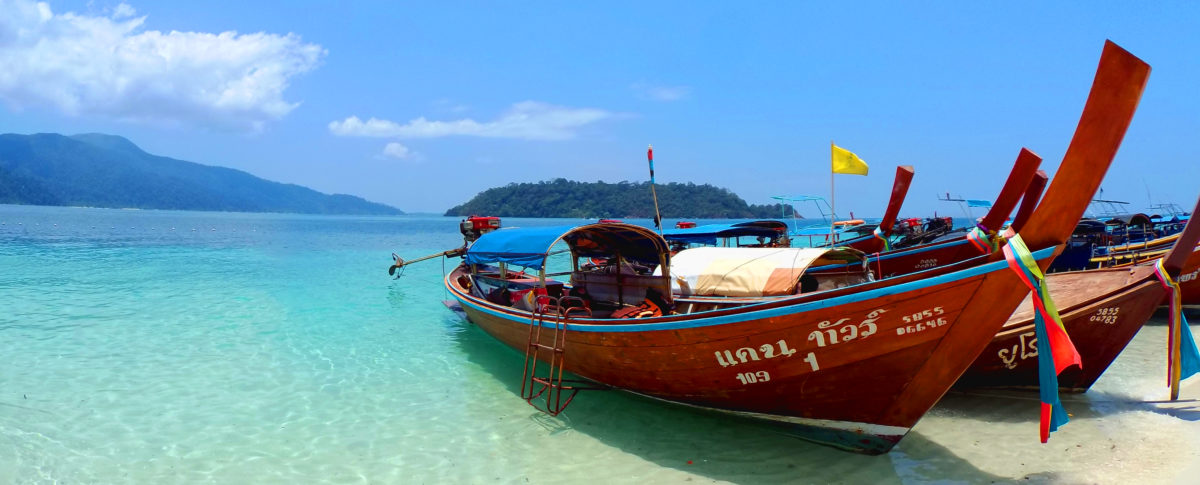Last time, I introduced a travel series called Flying 101. This series will take you through the basics of flying & everything around it. The Covid-19 pandemic has forced all of us to stay home up to the point that I’ve ran out of trips to share with you. Previously, I discussed the what are low-cost & full-service carriers, their similarities & differences. In case you missed it, head over to this post to read the comparison.
Today’s Flying 101 series topic is about Philippine airline taxes & fees. We are all aware of the ₱1 fare often offered by Cebu Pacific Air on selected occasions or Philippines Air Asia’s ₱0 (or free) base fare offered during their Red-Hot Seat Sales but we don’t only pay ₱1 or ₱0 for these tickets. We pay more because of the taxes & fees imposed by the government & the airline.
I got curious about these charges & fees & what they are for so I reached out to the Twitter customer service teams (thank you so much) of the country’s biggest airlines – Philippine Airlines, Cebu Pacific Air & Philippines Air Asia. I got answers from all 3, compiled them below & thought of sharing them to all of you.
Base Fare
It is the fare imposed by the airline before adding taxes & charges. This fare is entirely controlled by the airline. Promotions offered by airlines depend on how much base fare they offer to the market. Cebu Pacific Air’s piso fare tickets have ₱1 base fare. Air Asia’s Red-Hot Sale offers base fares for as low as ₱0 & Philippine Air Lines’ seat sale offer their base fare for as low as ₱99 from Cebu & Clark hubs.

Value-Added Tax (VAT)
Value-added tax is a consumption tax imposed by the Philippine government for any sale of goods & services in the country. Every single item you buy or service you avail from any shop or establishment has value-added tax in it. The country’s current VAT rate is at 12%.
Passenger Service Charge (PSC)
The passenger service charge, commonly known as the terminal fee, is an airport tax paid by every passenger using the airport facilities. From memory, domestic terminal fees cost ₱50 to ₱200 per way while international terminal fees cost ₱550. These terminal fees were paid separately in the provincial & regional airports a few years back. Recently, the airport authorities asked the airlines to include this terminal fee in the tickets upon booking to avoid long queues & passenger inconveniences.

Aviation Security Fee
The aviation security fee (₱15) is a small tax imposed by the authorities for the proper implementation of the airports’ security measures.
Ticketing Fee / Website Fee / Administrative Charge
Airlines have different terminologies for this charge or fee but it only pertains to the booking fee or the online convenience fee. Booking fees vary from one airline to the other & are charged either per way or per ticket. Note that Philippine Airlines’ booking fees are not refundable. Cebu Pacific Air & Philippines Air Asia’s booking fees are refundable for cancelled flights.

Philippine Travel Tax
Philippine travel tax is a tax imposed by the government through Presidential Decree 1183 to all Filipino citizens leaving the country for leisure purposes. This tax is required regardless of where the ticket was issued or how was it paid. The travel tax costs ₱1,620 for economy class passengers & ₱2,700 for business class passengers. Selected government & private officials, overseas Filipino workers (OFWs) & infants (up to 2 years old) are exempted from paying this tax when leaving the country.

Fuel Surcharge
Fuel surcharge is a tax levied by the airlines to the passengers to help them bear the increasing costs of fuel. This surcharge varies from one destination to the other. It is determined by the airline & is regulated by the authorities. Some airlines, particularly the low-cost carriers, do not impose fuel surcharge specially when fuel costs are low.

Please take note that airlines may have other imposed (& approved) taxes & fees to the passengers. The taxes & fees above also do not include any charges made by foreign airports & entities for international flights to local airports.
That’s it – now you know what are the airlines & the airport authorities are charging on top of our piso fares or free seats. Do you have any questions or clarifications about the taxes & charges mentioned above? Feel free to post them in the comments section below. You may also send them via e-mail to contact@thewkdntravel.com & you’ll get an answer from me.

Thanks for joining me in today’s Flying 101 topic. I hope you learned something new. See you in the next one & stay safe!
